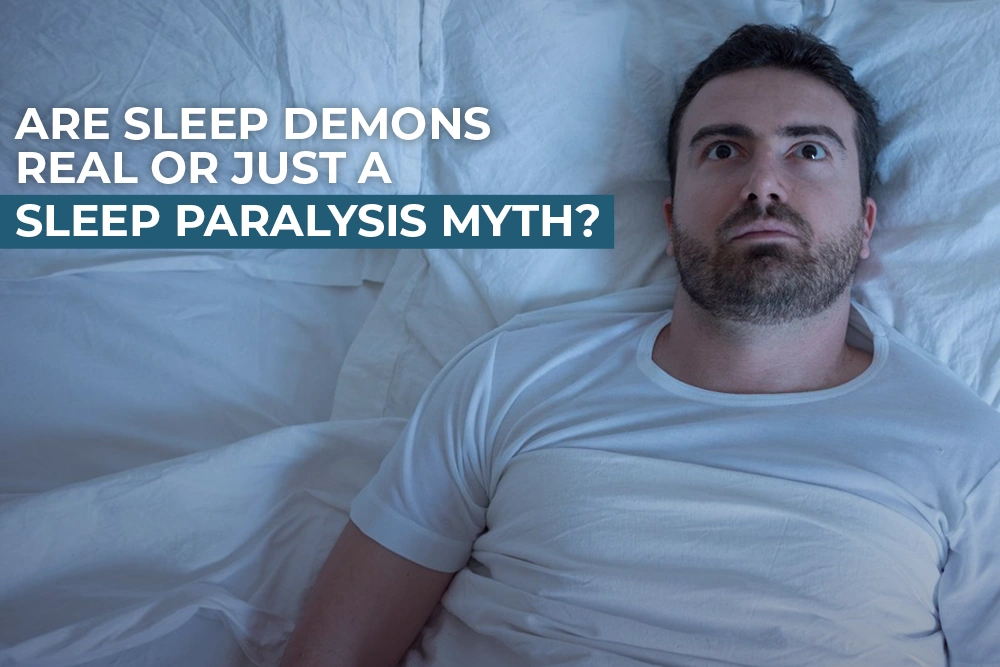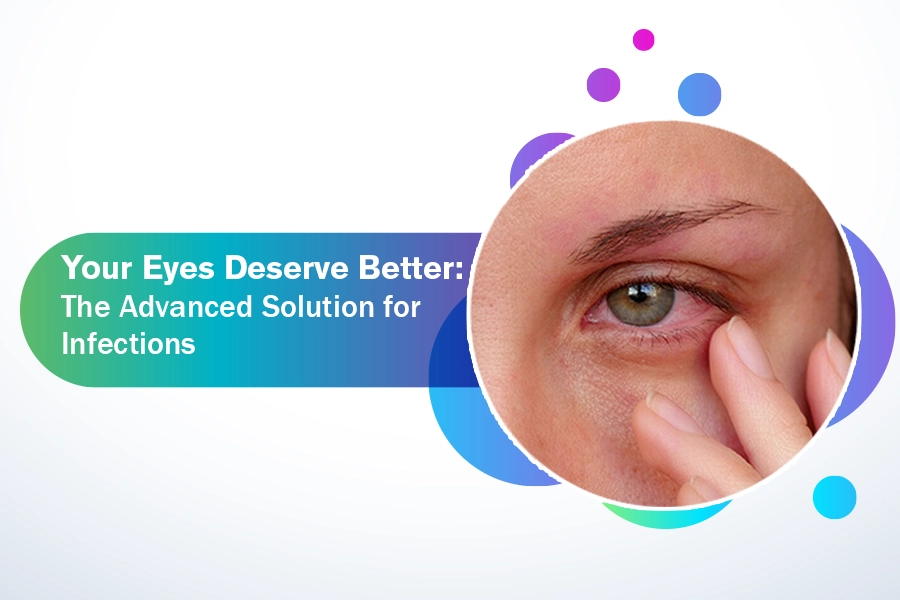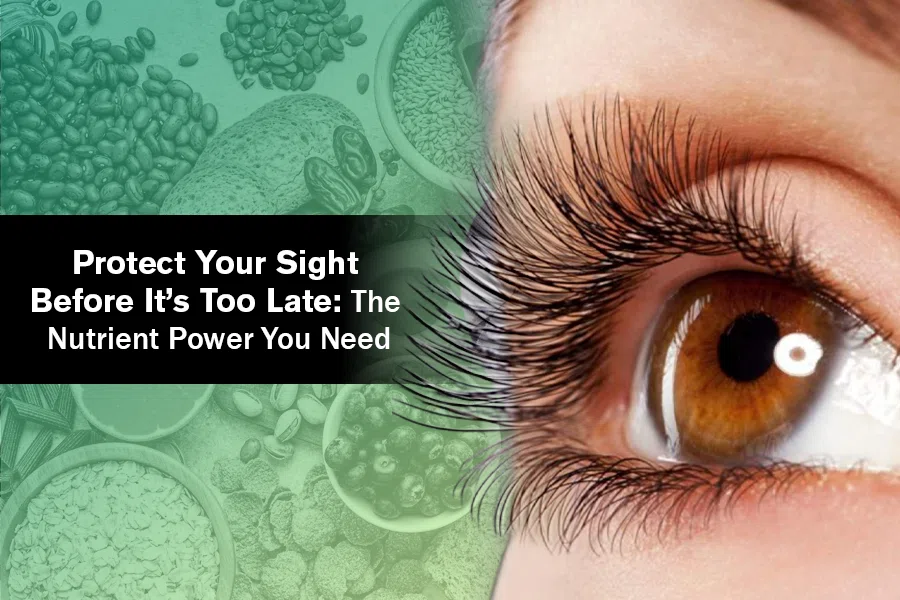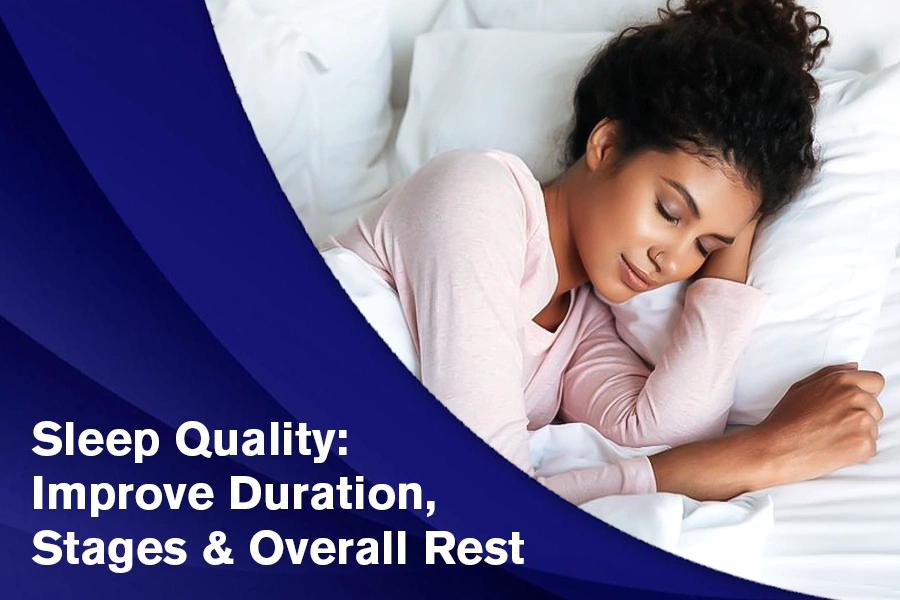Numerous individuals have described waking up in the dead of night, trembling with fear and fright, sensing an evil presence in the room, or even perceiving a dark figure leaning on their chest. Do these “sleep devils,” which have haunted tradition for millennia, exist? Or are they merely manifestations of sleep paralysis, an illusive sleep disorder? Let us explore the way myth, neuroscience, and real experience intersect.
What are “sleep demons”? Exploring folklore vs. science
The intense, often terrifying hallucinations that other individuals experience when paralyzed in sleep are called “sleep demons.” The European night hag, the Norse mara, Sumerian Lilith, the Brazilian pisadeira, and Japanese kanashibari are just a few of the many guises these entities have worn over the years. In African-American folklore, “the hag” is said to induce nightmares by settling upon a sleeper’s chest. These stories commonly portray an otherworldly being that frightens, chokes, or paralyzes its victim during the night. Aside from their cultural differences, all these traditions share many commonalities, such as paralysis, an evil presence, and often a feeling of suffocation or chest pressure. These experiences were blamed on spirits, demons, or witches for centuries, and most societies designed amulets or protection rituals to repel them.
But these “demons” are accounted for in modern science as hallucinations that occur during episodes of sleep paralysis, a not uncommon sleep disorder.
The role of sleep paralysis in these experiences
A condition called sleep paralysis happens when an individual awakens or goes to sleep and is aware but temporarily paralyzed and unable to speak. This mood, which can last from a few seconds to many minutes, is often accompanied by hallucinations and intense fear. These delusions may include:
- Perceiving a bad presence or intrusion
- Spotted dreadful creatures or black figures
- Experiencing a sense of suffocation or chest pressure
- Hearing hallucinations, e.g., footsteps or murmurs
The “demon” or “hag” is a powerful hallucination produced by the brain under this state of vulnerability, not an actual presence.
Why hallucinations feel real during REM atonia
Sleep paralysis is a normal paralysis that prevents us from acting out our dreams when the brain becomes active during REM sleep as the body remains in a state of muscle atonia. The brain is highly active during REM sleep, and dreams are vivid. The dreamer is suspended between the world of being awake and the world of dreaming if awareness returns before the body “awakens.”
In this state, the brain can produce hallucinations that are extremely realistic through projection of dream images onto the external world. Such images are especially realistic and terrifying due to immobility and a continuous dream-like state.
Neuroscience behind sleep paralysis and fear responses
Its hallucinations involve many systems in the brain, based on neuroscientific evidence:
- Mechanisms of REM Sleep: Atonia, or paralysis of the muscles, is produced through the inhibition of motor neurons during REM. A human is paralyzed if their brain is awakened and this inhibition is still active.
- Threat-Vigilance System: The brain’s alarm response system can be activated by the sudden discovery of paralysis, rendering an individual highly vigilant. This heightens fear and may give rise to a perception of impending catastrophe or malignant presence.
- Hallucination Pathways: Hallucinations involving the visual and sensory modalities, out-of-body sensations, and fear have all been associated with the temporoparietal junction, mirror neuron system, and serotonin receptor 5-HT2A.
- Suffocation and Breathing Perceptions: REM sleep typically decreases the activity of the respiratory muscles. The brain can interpret an inability to breathe deeply during paralysis as suffocation, which sustains the so-called “demon on the chest” hallucination.
Genetic studies show that this can be inherited since identical twins often experience it simultaneously.
Real-life accounts and common patterns
Remarkably comparable stories have been recounted by people from various backgrounds:
I was immobile when I woke up. Something was pressed against my chest, and I noticed a dark figure in the corner. I attempted to scream, but nothing came out. I knew I was going to die. An anonymous account
These attacks often include:
- Paralysis when you arise or retire
- A sense of horror or impending disaster
- Hallucinations, visual or audible
- Difficulty with breathing or pressure in the chest
Although they are scary, these attacks are almost always harmless and resolve within minutes.
How to Reduce Sleep Paralysis Episodes
Despite the fact that it might be terrifying, there are ways to lessen its occurrence:
- Maintain a Consistent Sleep Schedule: This is more apt to happen when sleep habits are irregular.
- Reduce Stress: Stress and worry are well-known stressors. Techniques for relaxation, awareness, and therapy can be beneficial.
- Avoid alcohol, caffeine, and big meals close to bedtime in order to enhance your sleep hygiene. Establish a peaceful, dark, and cozy sleeping space.
- Treat Underlying Sleep Disorders: It can be a symptom of diseases like narcolepsy, insomnia, or sleep apnea.
- Sleep Position: In some individuals, sleeping in a side position rather than sleeping on the back reduces the number of episodes.
It is recommended to consult a sleep specialist if it is ongoing or occurs often.
In summary
The brain is constructing elaborate hallucinations during sleep paralysis, so “sleep demons” are not supernatural entities. That is a fascinating combination of new neuroscience and ancient myth. Knowing about their biological basis can demystify and reduce fear, even as these experiences can be terrifying and seemingly utterly real. Night terrors can be brought down to manageable, understandable episodes for individuals with sleep paralysis with the aid of medical treatment and simple precautions.








Leave a Reply